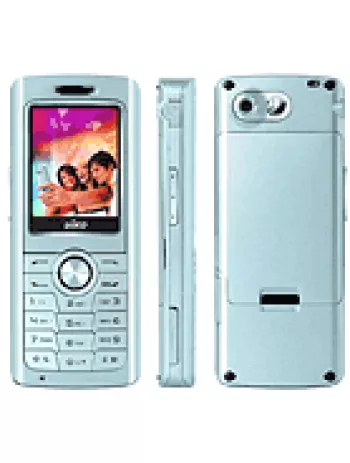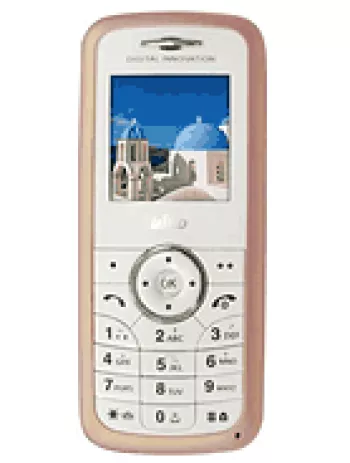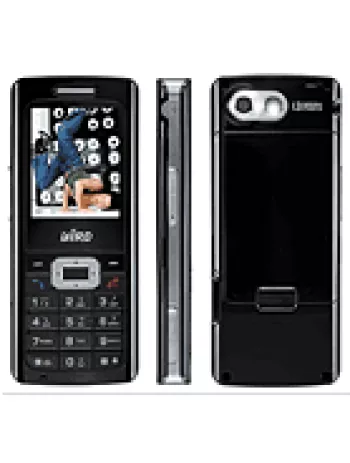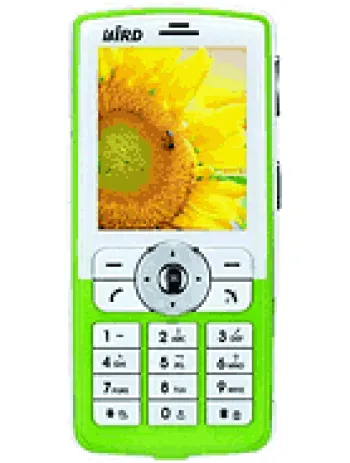
Overview
The Bird V109 is a mobile phone that was set to be released in the mid-2000s but was ultimately cancelled. The device represents one of the basic feature phones of its time, focused primarily on essential communication needs rather than advanced functionalities that are typical of modern smartphones. This article provides an extensive look at the specifications and features of the Bird V109 to understand its design goals and market potential at the time.
Network and Connectivity
The Bird V109 was designed to operate on GSM networks, supporting the commonly used 2G bands of GSM 900 and 1800. It included GPRS Class 8 for basic data services but did not support EDGE. Its connectivity was typical for feature phones of its era, focusing mainly on voice communication with limited data capabilities.
Launch Status
The device was announced in the third quarter of 2005. Despite the announcement, the Bird V109 was ultimately cancelled before it could reach the market. The reasons for its cancellation remain speculative, possibly due to market conditions or strategic decisions from the manufacturer.
Body and Design
The Bird V109 features compact dimensions of 82.9 x 43 x 21.7 mm, making it a small and easily portable device. Weighing only 85 grams, it was designed for users who preferred lightweight and easy-to-carry phones. The device supported a Mini-SIM, which was standard for that period.
Display Features
The phone was equipped with a TFT display capable of showing 65K colors. However, the exact size of the screen is unspecified, and the resolution was 128 x 160 pixels, common for entry-level phones at the time. The display was adequate for basic navigation and viewing simple images.
Memory and Storage
One of the limitations of the Bird V109 was its lack of expandable storage, as there was no card slot available. The phonebook capacity was limited to 300 entries, and it supported photo calls. Additionally, the call records could store up to 20 dialed, 20 received, and 20 missed calls.
Camera Capability
The Bird V109 featured a single 1.3 MP camera, which was modest by today’s standards but respectable for an early 2000s feature phone. The device was capable of recording video, aligning with the basic multimedia capabilities consumers expected at the time.
Audio Features
The phone did not include a loudspeaker or a standard 3.5mm headphone jack, limiting its use as a media device. It did, however, support vibration alerts and downloadable polyphonic ringtones to give users some customization options for alerts and incoming calls.
Connectivity Options
Connectivity on the Bird V109 was minimal, with no WLAN, Bluetooth, or positioning services. The phone did include an infrared port, a feature that was used predominantly for the exchange of contacts or small files. It was not equipped with a radio or any specific USB connectivity.
Additional Features
The Bird V109 supported SMS and MMS messaging, offering basic communication methods beyond voice calls. Internet browsing was possible through a WAP 1.2.1 browser, sufficient for simple text-based websites. Games were included, but the phone did not support Java applications, limiting its extendability with new software or games.
Battery Specifications
The phone came with a removable Li-Ion battery, allowing users to carry a spare or replace the battery if necessary. The standby time was estimated at up to 72 hours, with a talk time of up to 2 hours. These figures were typical for the technology available at the time but limited compared to modern standards.
Conclusion
In summary, the Bird V109 was designed as a basic feature phone with essential communication capabilities. While it was never released, its planned features were representative of an era where mobile phones were transitioning from mere communication devices to multifunctional tools. Despite its limitations, the phone’s design catered to consumers looking for basic functionalities in an easily portable format.
Key Features of Bird V109
- Compact and Lightweight Design: Dimensions of 82.9 x 43 x 21.7 mm and a weight of only 85 grams.
- Color Display: TFT screen displaying 65K colors with a resolution of 128 x 160 pixels.
- Basic Photography: Equipped with a 1.3 MP main camera capable of capturing video.
- Memory Management: Can store up to 300 phonebook entries with photo call capability.
- Connectivity Options: Features an infrared port for data transfer.
- Long Standby Battery: Offers up to 72 hours of standby time.
- Messaging Features: Supports SMS and MMS for multimedia messaging.
- Preloaded Games: Includes entertaining games for user enjoyment.
Disadvantages of Bird V109
- Supports only GSM network technology, limited to 2G bands.
- Announced status is cancelled, indicating it was never fully released.
- No EDGE support for faster internet speeds.
- Lacks external memory card slot for expandable storage.
- No 3.5mm headphone jack, limiting audio output options.
- No loudspeaker for hands-free audio playback.
- No Bluetooth support for wireless connectivity.
- No WLAN or GPS features, limiting internet connectivity and navigation.
- No radio function for listening to FM/AM stations.
- Limited battery life with standby up to 72 hours and talk time up to 2 hours.
- No front-facing selfie camera for taking self-portraits.
- No support for Java-based applications.

View Also
More Phones
All Rights Reserved +14267 Phones © Mobilawy 2025

























